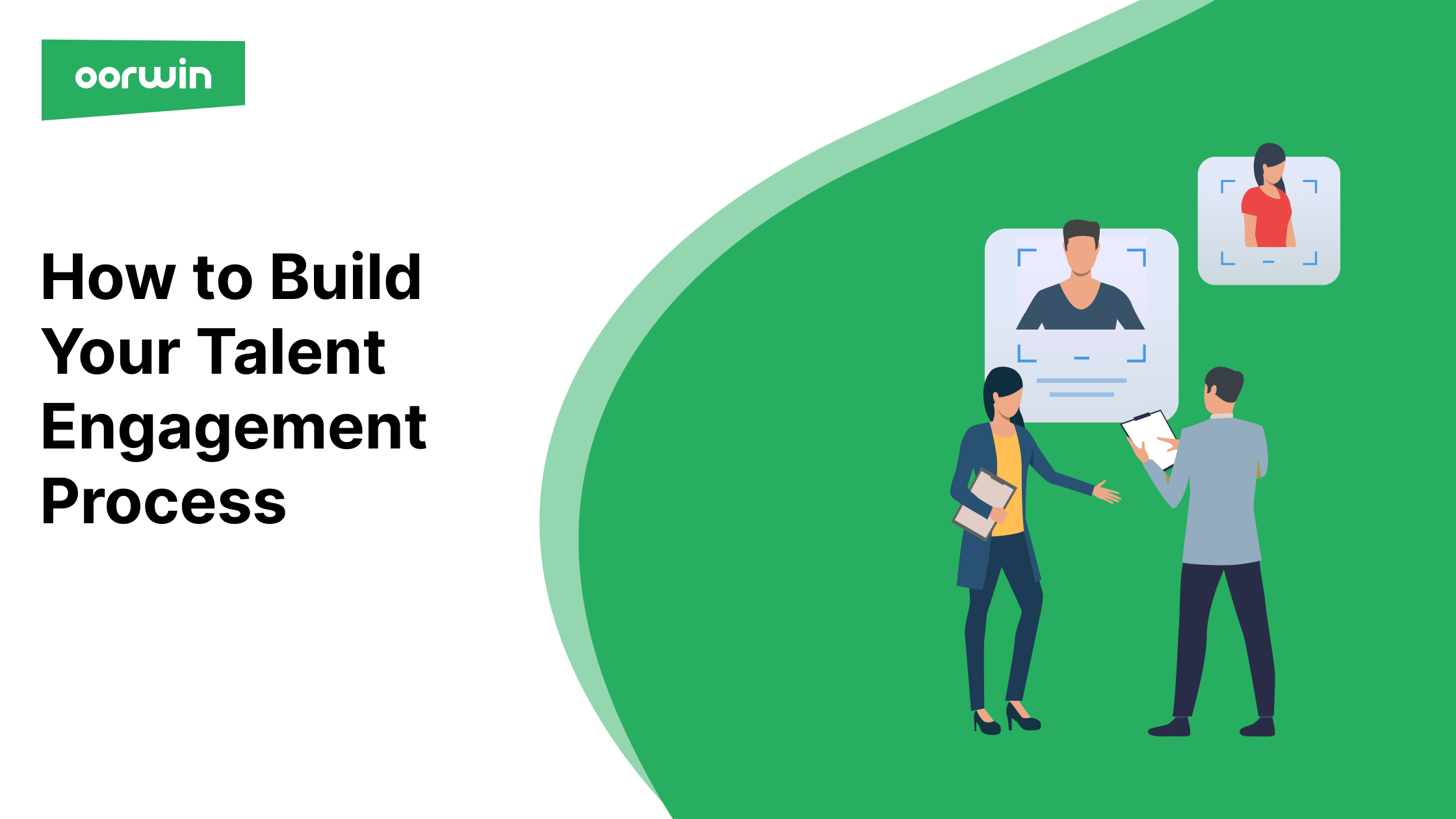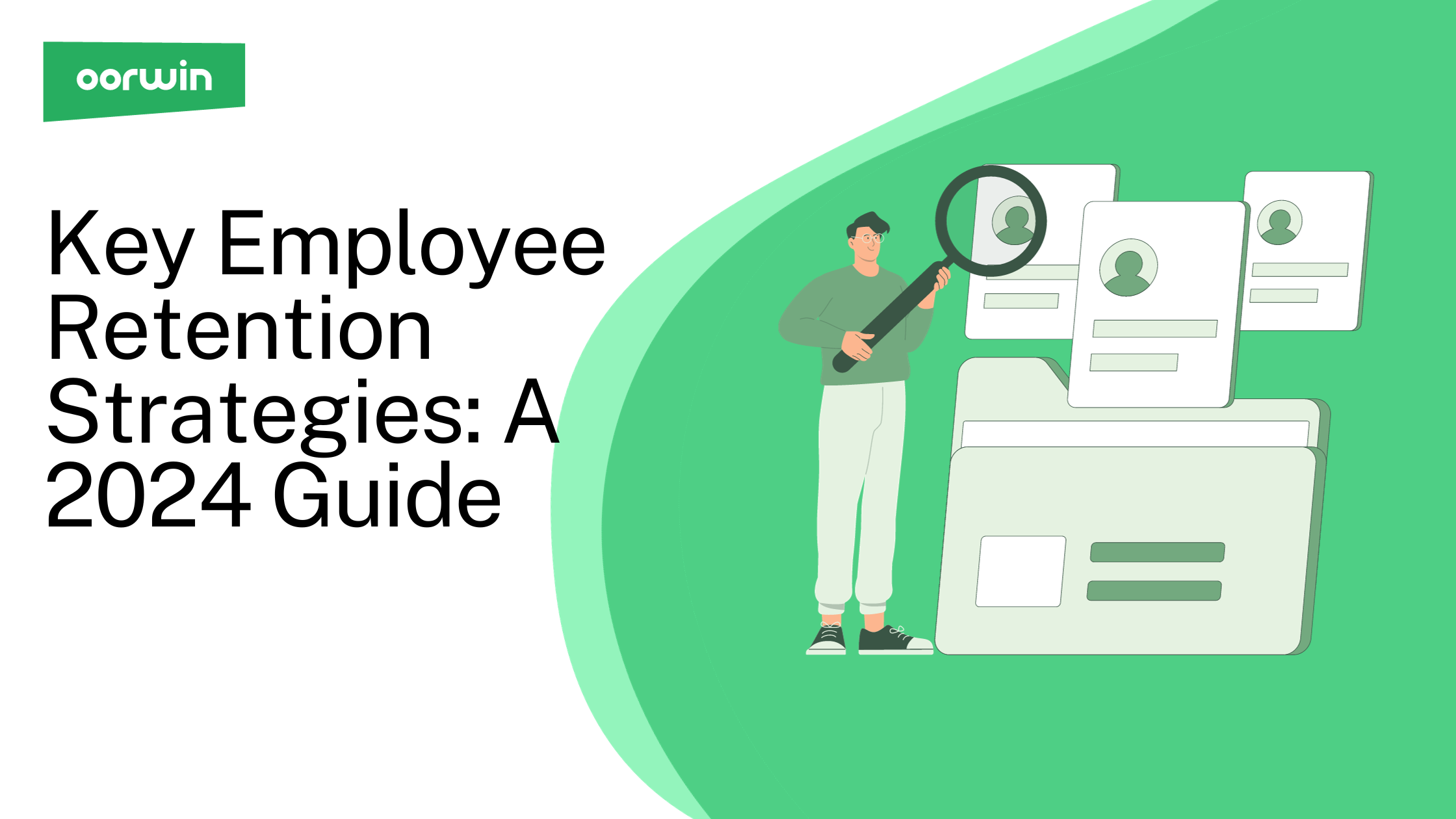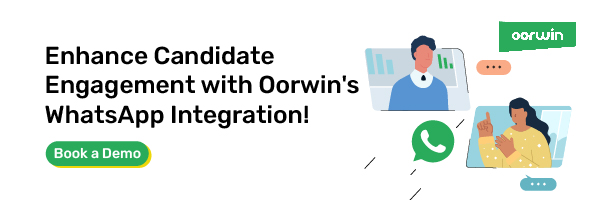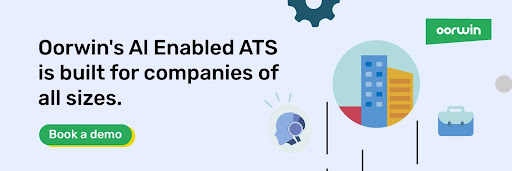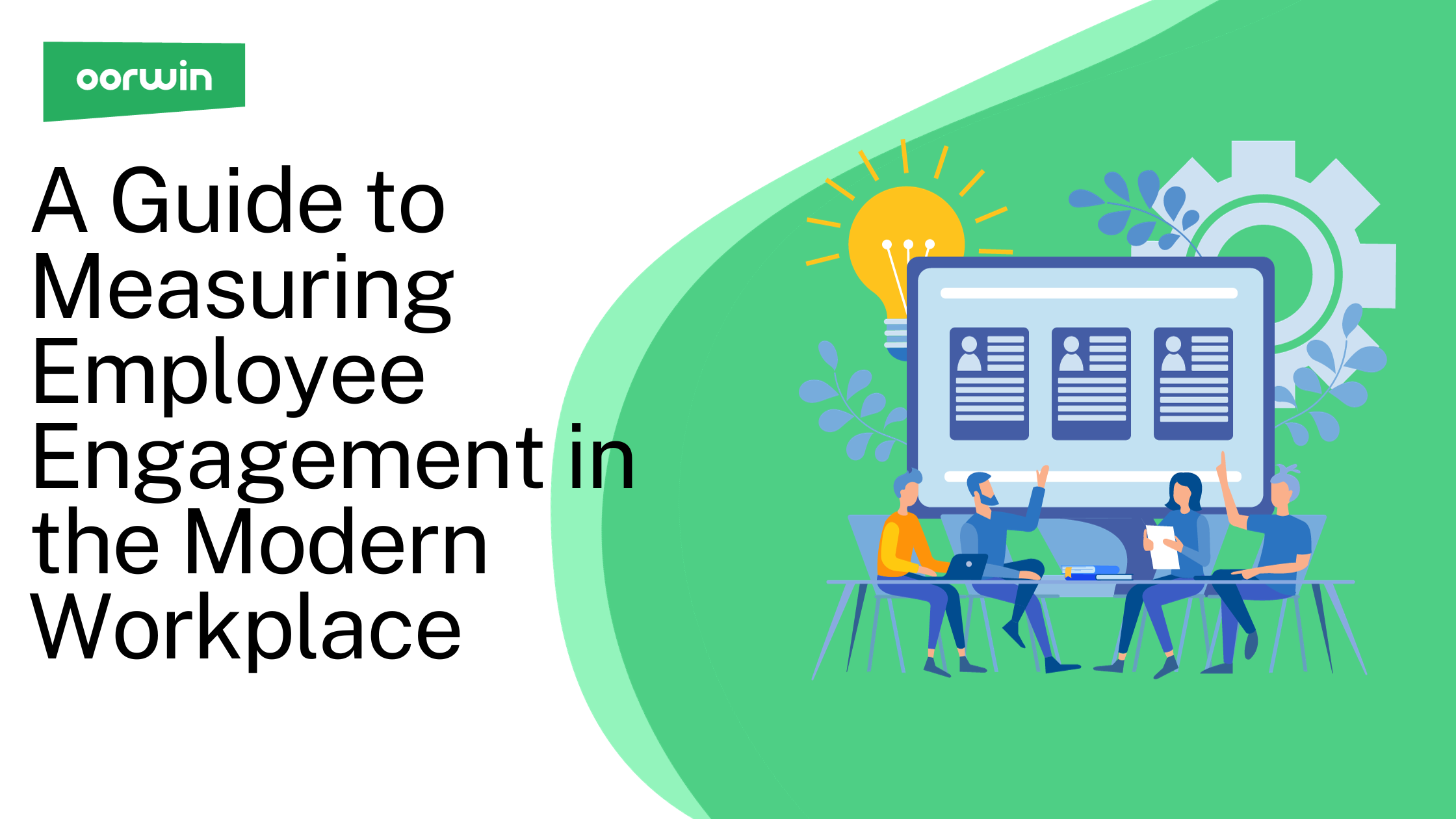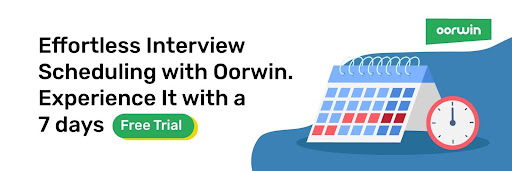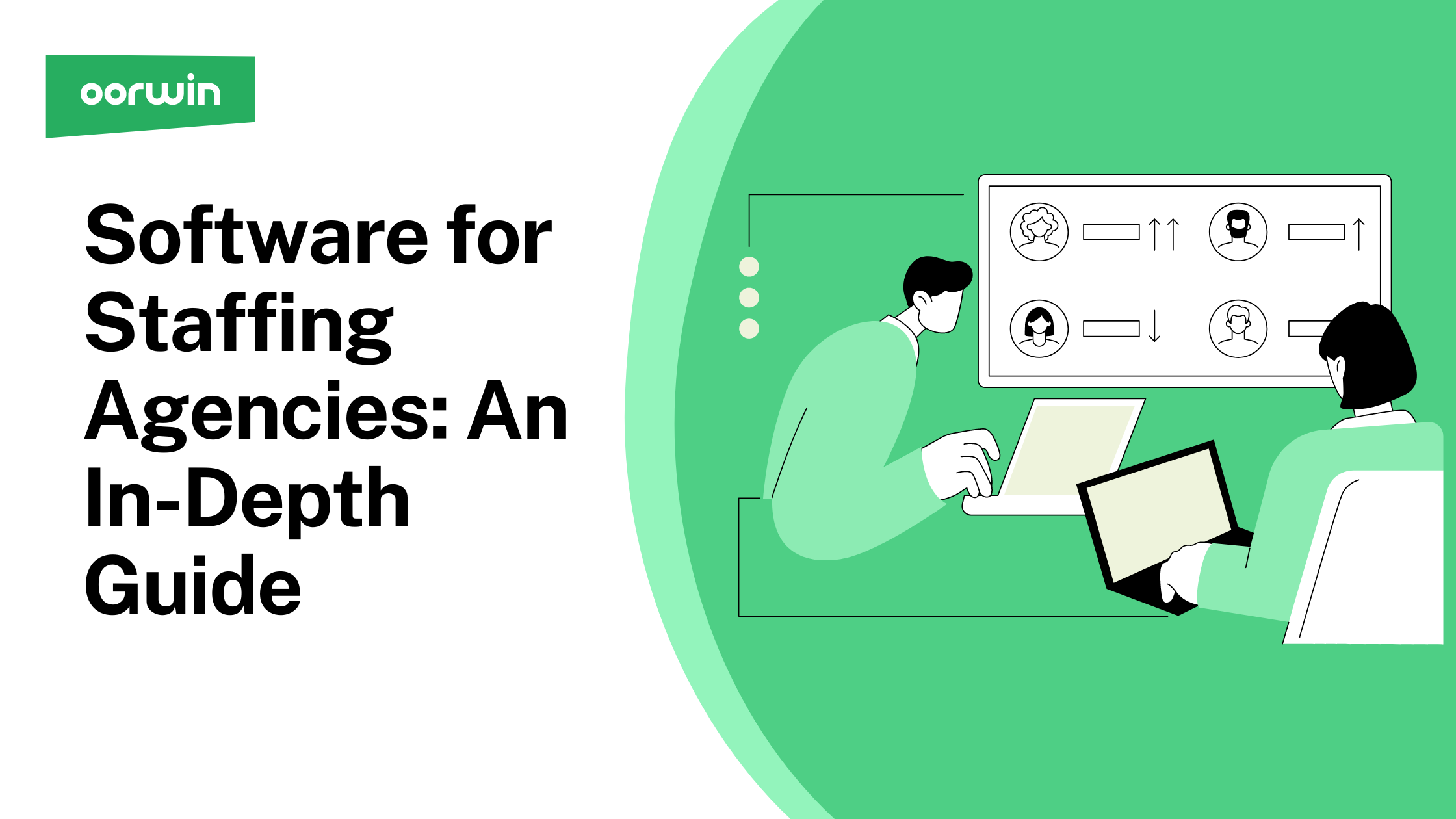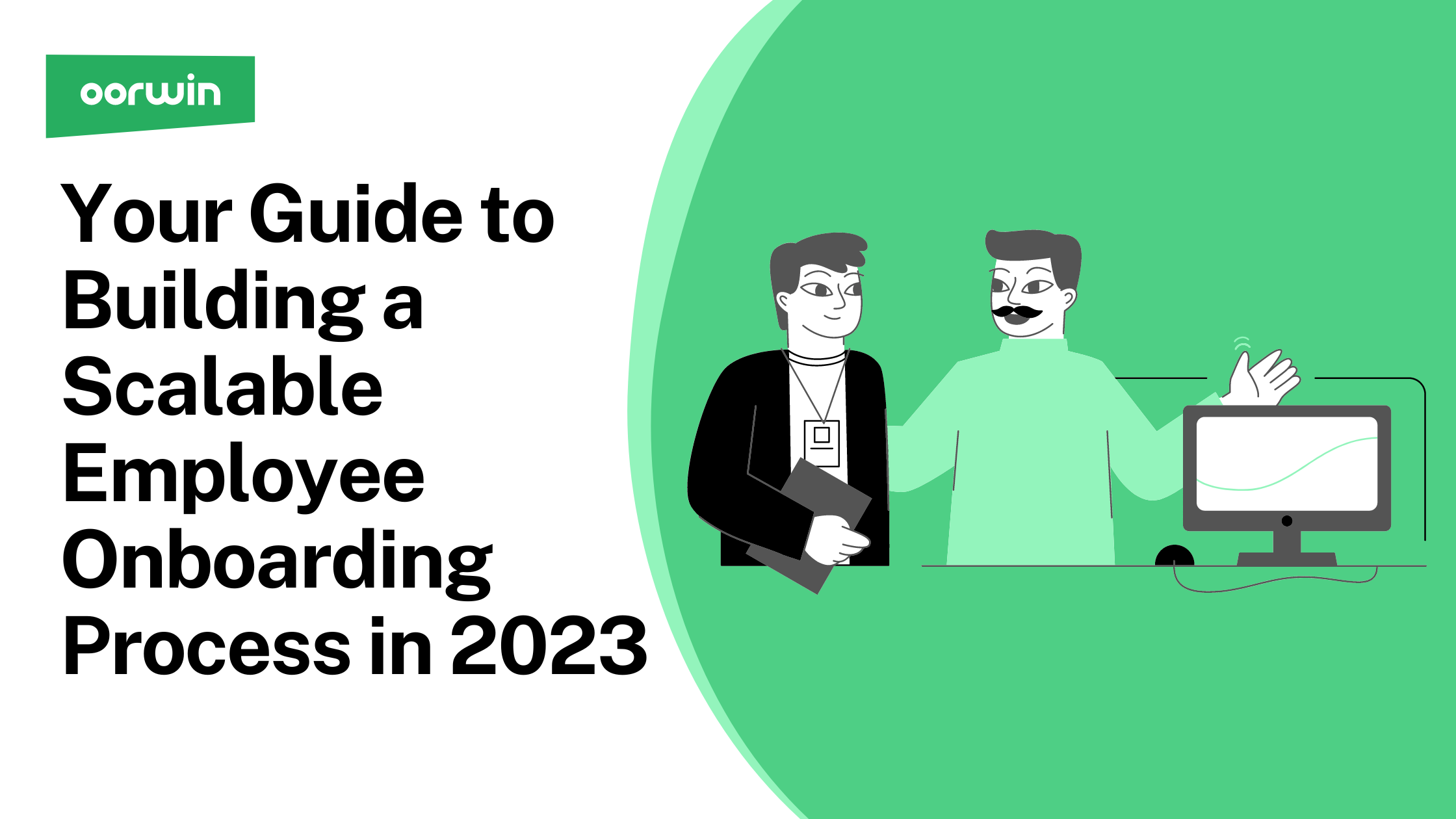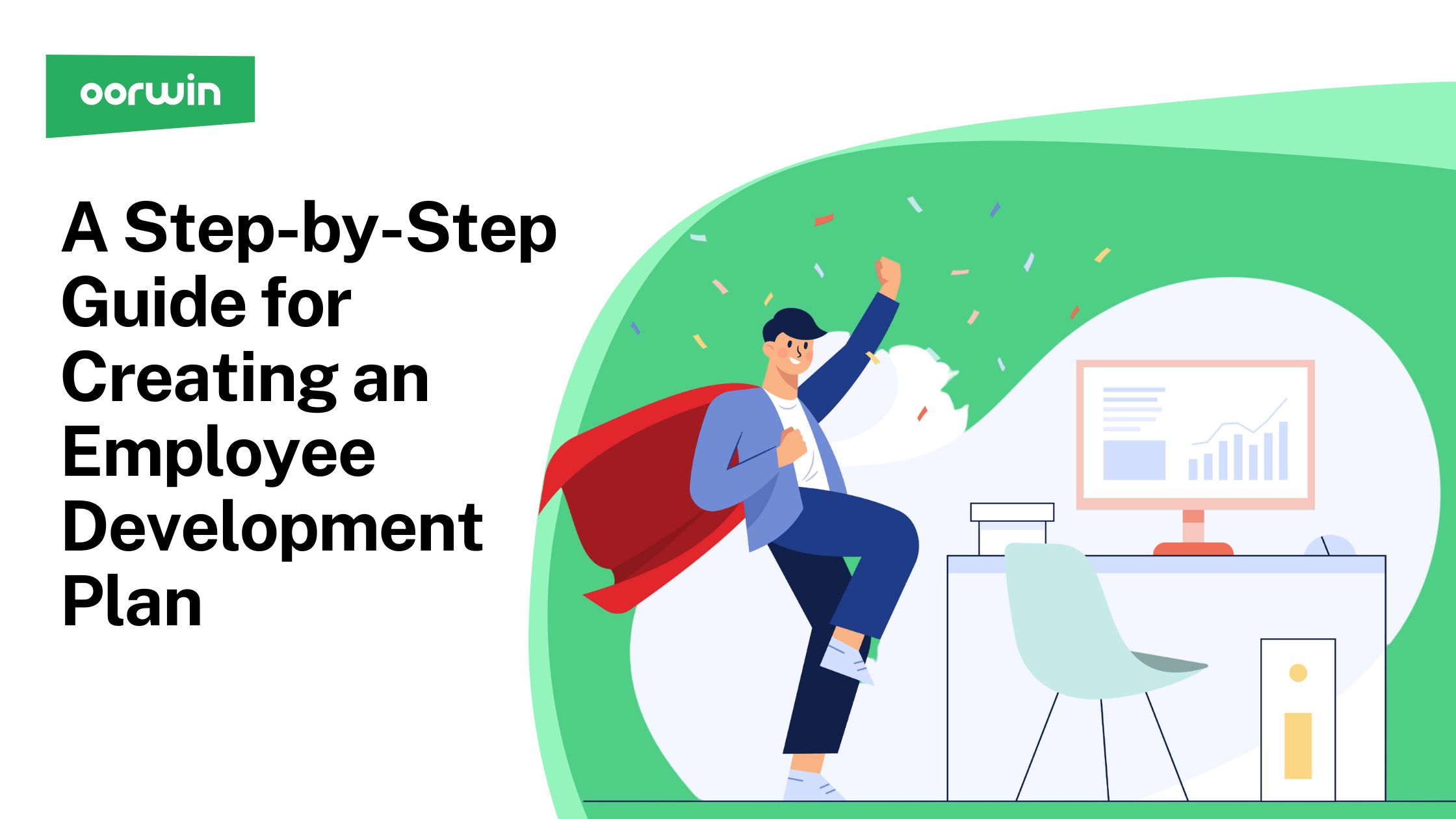According to CareerBuilder, 78% of candidates say that an organization’s candidate engagement reflects how it values its employees or team. This statistic clearly demonstrates the importance of ensuring a stellar candidate experience, especially at a time when the best talent considers more than just their compensation a key deciding factor when accepting a role.
If you’re struggling with keeping your top talent engaged, you’ve come to the right place. This guide will show you how you can build your talent engagement process from start to finish so you can hire the best.
Key Highlights
- Talent engagement is crucial to hiring the best talent and retaining them in the long term.
- It helps increase employee productivity and maximize profitability as a result.
- Building a robust talent engagement process requires a coherent step-wise approach, right from building a strong employee brand to devising strategies.
What is Talent Engagement?
Talent engagement is an umbrella term used to refer to how an organization involves its employees in all aspects of its operation. In terms of recruiting, it refers to the process of keeping the best talent engaged with your organization to prevent them from switching over to a competitor.
Talent Engagement is critical for several different reasons, including:
- It ensures that candidates are aware of every step of the process and the hiring timelines from the very beginning.
- It removes any room for confusion and ensures candidates can communicate with talent acquisition professionals regarding the role, organization, and hiring process.
- It helps increase employee productivity and retention once hired, thereby saving tremendous revenue that would otherwise be spent on re-hiring.
- It lowers absenteeism levels, thereby maximizing productivity and, in turn, profits.

How to Build a Robust Talent Engagement Process
Building a robust and effective talent engagement process involves several steps. These are described in detail below.
Step 1: Build a Strong Employer Brand
Employer branding is crucial to ensure you attract the best talent to your organization and retain them for longer periods once they’re hired. A key example that demonstrates the importance of a strong employer brand comes from the US-based tobacco manufacturer Altria Group, Inc.
It stated that its ability to attract and retain the best talent was being hindered by the decreasing acceptance surrounding the use of tobacco products and the lack of regulations to limit their usage. As a result, your business’s brand and what it stands for play a key role when attracting the best talent.
Part of building your employer brand also means showcasing its USP. What does your company have to offer? Is it committed to ensuring its employees’ professional growth? How much does it value its employees? These are questions your brand’s website and other marketing channels must be committed to answering.
Step 2: Create Detailed Job Descriptions
The effort a business puts into its job descriptions often says a lot about itself. Clarity is key here, and if you want to attract the best talent, you must ensure that your job descriptions make the demands of the role clear. Additionally, you should also list the key skills or core competencies employees must possess to be considered for the role.
The list doesn’t end here. The past few years have seen candidates across the world demanding that organizations disclose their salary ranges for the role they’re hiring for. While many businesses are reluctant to do so, it offers a host of benefits. For starters, it helps filter out candidates who won’t be the right fit for this role as those who think they’d be underpaid simply won’t apply.
Additionally, it helps build your credibility as an organization that’s transparent about its compensation. This will undoubtedly lead to the best candidates being more willing to apply for the role.
Step 3: Source and Select the Right Talent
Sourcing the right talent becomes crucial for an organization that wants to hire the best talent. Detailed job descriptions with transparent salary ranges are one way to do this, as the previous section discussed. Talent acquisition professionals will also have to actively reach out to candidates in other roles and post their advertisements on platforms like Indeed, LinkedIn, and so on. The more viability you have, the more candidates you have to choose from.
Oorwin’s Talent Management Platform brings all the demands of talent management into one, seamless interface. This fully AI-enabled platform allows you to source the best talent fast, improve candidate experience, reduce the time to hire, and cut down on unnecessary hiring costs. Additionally, it also allows you to harvest resumes by locating qualified candidates across a range of job boards and automating talent pipelining.
Once you’re done sourcing talent, you should also devise a system to assess candidates based on the demands of the role so you can hire the best fit. Devising a well-structured talent assessment strategy becomes crucial to ensure this. Keep in mind that this cannot be a one-size-fits-all approach; different roles require different kinds of assessments (cognitive, personality, written, and so on) and the key is to identify and use the right one.
Oorwin also streamlines the process of onboarding candidates using digital signatures and e-forms. This ensures that talent acquisition professionals can onboard candidates remotely and quickly, thereby reducing the hiring time significantly.
Step 4: Keeping Candidates Engaged
The talent engagement process doesn’t end once a candidate has been hired. In fact, that’s just the beginning. The key is to ensure that you find ways to keep your employees engaged at all times. You can do this by implementing upskilling strategies, gathering feedback on potential improvements from all your employees, fostering innovation, leveraging AI, and allowing for lateral moves.
The right use of these strategies can go a long way in maximizing productivity and improving employee retention in the long term.
Step 5: Establish a Learning & Development Program
Devising a Learning & Development (L&D) program is another key aspect of the talent engagement process. For starters, it ensures employees have the scope for professional upskilling, and that the skills they acquire can contribute to a specific organizational goal. One case study that stands out in this regard is that of Yelp.
By introducing the concept of stretch roles, Yelp ensures that employees are offered the training they need based on the new skills they gain while at work. This ensured that candidates didn’t feel stuck in a tightly defined career trajectory and that their role excited and challenged them at every turn.
With Oorwin’s Human Resource Management platform, you can easily avail of a customized Learning Management System (LMS) with mobile compatibility to ensure candidates can access key learning material at any point and from anywhere.

Conclusion
The benefits of effective talent management are limitless. From reduced hiring times to hiring the best talent, reducing hiring costs, and improving engagement and retention, the right approach can help businesses maximize their profitability. With Oorwin’s Talent Management Platform, you can streamline the hiring process using built-in communication tools, digital signatures, and e-forms, among several other features.
Additionally, its Human Resource Management platform ensures that you can keep your candidates engaged at all times, deliver timely communication, and manage their learning and development.
Sign up for a demo today to see how Oorwin can maximize your hiring efficiency and improve employee retention in the long term.
